Abstract
The paper focuses on analyzing the emerging trends in international cooperation in science and technology (S&T) to 2020 and opportunities for Vietnam. Firstly, the authors analyze the reasons of the development of international S&T cooperation in the past years, including motivation from government, business and the changes in global scope. The main content of the article highlights the key trends of international S&T cooperation in terms of groups of countries based on their S&T capacity, collaboration partners involving in the research of S&T, fields and forms of cooperation. Specifically, they are: (i) the developed countries will continue to lead the world in international S&T cooperation but some Asian countries like China and India are emerging and actively participating in this process in recent years; (ii) MNCs are active actors in S&T cooperation activities, but cooperation is still taking place primarily among research institutes and academia; (iii) development research continues to be the main field of cooperation; (iv) non-equity technology alliances is still the most popular form of cooperation; (v) cooperation through transferring, licensing or franchising intellectual property rights like patented, unpatented techniques and trademarks becomes more and more popular, in which developing countries are the main importers with the aim of acquiring S&T for economic development. Based on those analyses of cooperation trends in the world and the international S&T cooperation policy of Vietnamese government, the authors identify the opportunities for Vietnam to promote cooperation in S&T.
International cooperation in science and technology (S&T) has played an important role in socio-economic development of Vietnam in the current period, contributing significantly to the acquisition of new knowledge and innovation of the world, strengthening scientific and technological potential of the country. The S&T Development Strategy towards 2010 identified international integration is one of four key solutions and also one of four key tasks of Vietnam. The S&T Development Strategy for the period of 2011-2020 continues to consider the positive and proactive international integration of S&T as a key solution to help Vietnam basically become an industrialized country towards modernization by 2020. Thus, determining the trends of international S&T cooperation is essential for Vietnam to shape policies to exploit the opportunities from these trends. In the 21st century, major changes in the world have contributed to shape the trends of international S&T cooperation in the direction of further development with the emergence of some Asian countries, changes in collaboration partners, fields and forms of cooperation.
I. The reasons of development of international S&T cooperation
International S&T cooperation includes (i) cooperation activities between research entities from different countries to jointly conduct research, invent, design and examine S&T, but these are still independent entities and do not lead to the establishment of a new entity; (ii) establishment of research networks or international research centers, which usually operate through foreign direct investment (FDI) by multinational corporations (MNCs); (iii) the exchange or sharing of research results, the application of scientific and technological achievements into practice through trade, exchange licenses and franchise (1). International cooperation in science and technology has been strengthened since the Second World War and especially in the 21st century because of some reasons:
Firstly, the process of globalization and specialization of production has been deeper and broader; participating in production networks and global value chains has become an indispensable requirement for any economies. In particular, S&T is one of the key determinants of the capacity and level of participation of each country in global value chains. Moreover, almost all countries are now moving towards a knowledge economy with the major growth engine is the knowledge in science and technology rather than natural resources, capital and cheap labor as it was in the past. Therefore, countries have attempted to enhance their S&T capacity by exploiting domestic resources and promoting international cooperation to learn from each other. Besides, in terms of politics, international S&T cooperation is also related to foreign policy and has been boosted by some governments in order to achieve some other goals like increasing political influence, raising the international position, supporting their exports and investment abroad.
Secondly, the world is changing rapidly, more and more complex and unpredictable. Many urgent scientific problems such as climate change, new diseases have been rising rapidly but a single nation can hardly handle. Besides, those issues are not always confined to one field but require interdisciplinary research collaboration. Each country has its own strengths in some specific areas; therefore, to achieve the best research results, countries tend to cooperate. In addition, some research areas have research scope and facilities requirements which may go beyond the capacity of a country, thus, international cooperation is necessary.
Thirdly, the scientific and technological revolution which is occurring strongly poses challenges for businesses to continually innovate technologies and techniques because the technology life cycle is shortened. As the actual costs and risks to research new technology are increasing (2,) businesses have found that S&T cooperation with other enterprises, universities and research institutes is the optimal choice to keep up with new trends and take advantage of economies of scale. The internationalization of R&D will help enterprises create the products that are more suitable to the demand of specific markets, increase market access for products and create opportunities to cooperate with experts in science and technology of host countries.
Fourthly, there are a number of other international trends which help promote international S&T cooperation: (i) international economic integration creates favorable conditions for trade, investment, international movement of labor between countries. Enterprises can purchase intellectual property rights to use patents, inventions as well as conduct investment activities, R&D cooperation beyond its home country; researchers are facilitated to participate in international S&T collaboration activities, scientific labor market has become more flexible (3); (ii) English which is increasingly popular and is considered to be the common language of science, along with the development of information technology and the Internet, has opened up opportunities to easily access the vast knowledge base and reduced the cost of exchange S&T knowledge.
II. The trends of international S&T cooperation to 2020
1. The international S&T cooperation trend among groups of countries
In terms of S&T capabilities and involvement in international S&T cooperation, countries in the world could be classified into 4 groups: (i) Scientifically Advanced Countries (SACs) are nations whose S&T capability is higher than the average in the world and highly qualifies in all areas of science and technology, accounting for 86% of scientific articles published in internationally recognized journals (US, Japan, Britain, France, Germany…); (ii) Scientifically Proficient Countries (SPCs) are nations whose scientific capacity is greater or equal to the international average level but not even in all fields, some indicators have reached the average level but others are lower. Some countries have world-class strengths in some particular areas or specific subfields (China, Singapore, India…); (iii) Scientifically Developing Countries (SDCs) are nations which have some outstanding features of scientific capacity and tend to increase investment in S&T but their S&T capacity is still below the world average (Indonesia, Argentina, Turkey…); (iv) Scientifically Lagging Countries (SLCs) have scientific capacity lower than the world average and have little or no capacity to conduct scientific research at the international level (Cambodia, Laos, Myanmar …).(4) In the future, the trend of cooperation among those groups of countries has some highlights as follows:
First, SACs (USA, EU and Japan) will continue to take the lead in research and international S&T cooperation; on the contrary, SLCs in Africa, the Middle East and Latin America have little change in this area. Over the years, the list of top ten leading countries in international S&T cooperation activities has no significant change. Chart 1 shows the density of international cooperation between the United States, European countries (particularly Germany, Britain and France) and other countries in S&T, which is expressed by the number of co-authored publications. Notably, the majority of cooperation occurs among SACs as well as between SACs and biggest SPCs (China, Singapore…), which accounts for over 60% of the total; the cooperation between SACs and SDCs was 25%; meanwhile the cooperation between SACs and SLCs was only 14%. (5) Overall, the participation of developing countries in Asia (except China, India) in international S&T cooperation is still limited. The latest available data of MERIT-CATI database in 2006 indicated that the number of S&T collaboration projects between Japan and the United States is higher than this number of all other Asian countries combined.

Source: Loet Leydesdorff et al. (2013) International Collaboration in Science: The Global Map and the Network.
Second, the trend of leading countries in investment in research and international S&T cooperation move from the West to the East. In the period 2012-2014, Asian investment in R&D has been growing steadily, especially the rise of China, Korea and India; while North American and European countries have decreased their investment due to the impact of the global financial crisis in 2008 and the sovereign debt crisis (Table 1). China is pushing international cooperation in two directions: (i) with the SACs, SPCs to learn from them so as to balance the S&T capacity, and (ii) with the SDCs, SLCs to exploit the advantage of cheaper costs (such as building infrastructure, accessing to resources and markets). Nowadays, China is the leading partner of the US in S&T cooperation with 12450 co-authored publications compared to 11337 ones between the US and England (6). The amount of R&D expenditure in China has been rising continuously, it overtook Japan in 2013 and is expected to overtake the EU by 2020 and the US by 2023 (Chart 2)(7).
Table 1 – R&D expenditure of some countries
Chart 2–R&D funding forecast to 2025

Source: Battelle, R&D Magazine
Third, Southeast Asia is likely to become the attractive region for investment in science and technology in the world (8). An explanation for this trend is that many countries in the region have already had effective cooperation with SACs previously (many of them are former colonies of developed countries) such as Singapore, Indonesia, Thailand and Philippines. Those countries also have a firm S&T foundation and human resources which are relatively good compared to other regions. Since the 1990s, the waves of MNCs moving their R&D centers to the developing countries, particularly in Asia, has become more and more popular, from 7.6% in 1994 to 15% in 2003 (9), in order to exploit the advantages of geographical location, market access and lower costs of this region. Currently, in the context of China to increase R&D investment and expand its international S&T cooperation, these countries become the ideal partners for China because of the proximity in terms of geography, the similarity in focus sectors (engineering, physics, chemistry, materials science), opportunities for cooperation with SACs which have been cooperating with those countries. Cooperating with those countries helps China leverage the spillovers effects and the advantages of the infrastructure, low costs, available resources and their huge markets (10). In addition, enterprises from SACs and SPCs also tend to increase their investment in Southeast Asia to penetrate the growing Asian market as the Chinese + 1 strategy. Many businesses decide to establish their research centers in the Southeast Asia instead of in China because these countries have policies and provide incentives to encourage and create favorable conditions for investment and cooperation on science and technology.
2. The international S&T cooperation trend by collaboration partners
Enterprises, governments, universities and research institutes are stepping up international S&T cooperation; in which cooperation among researchers is the most popular form. Research organizations also actively participate in international cooperation through establishing collaborative research laboratories abroad, especially in developing economies because they want to attract talented researchers, ensure their participations in newly-established research organizations and cooperate to study new issues in these countries. This trend rises mainly among European countries, USA, Japan and recently China as well as India. For example, Alcatel—a French telecommunications company has established recently three laboratories in China and only 28% of their researchers are working in France(11).
In private sector, MNCs are the main players in the international S&T cooperation activities while the participation of small and medium-sized enterprises (SMEs) is very limited(12). The cause of this trend is the international S&T cooperation is a complex operation. Maintaining an effective network of cooperation requires harmonious management and cooperation among partners and relatively a large amount of financial resources. SMEs with small operational scale, limited financial resources and limited management experience will have difficulties in participating in international cooperation networks.
3. The international S&T cooperation trend by fields
Among three fields of basic research, applied research and development research (13), development research will continue to be the focus area in the future.
Chart 3 – The prioritized fields of some research leaders
Source: Battelle. (2013) Global R&D Funding Forecast 2014. R&D Magazine, pp.13&19.
Chart 3 shows that investment in development research of some research leaders always accounts for over 50% of the total expenditure; while spending for basic research and applied research only accounted for about 20 and 25% respectively. This is a common practice in international S&T cooperation and it will continue in the future as development research focuses on improving and adjusting the existing technology to fit the demand of specific markets, bringing high economic benefits for entities deploying research activities (14); while basic research and applied research often require higher costs, longer-time to study and higher risk. However, results from basic research and applied research often have higher value and greater spillover effects because these results can be applied in developing a variety of technologies and products. Therefore, SACs and SPCs always spend about 40-45% of their budget for S&T development activities in these two fields.
However, China does not closely follow this trend. China invests heavily in development research (nearly 80% of its budget) because its strategy is maintaining R&D expenditure levels of about 2.2% of GDP to move towards an advanced economy in 2020. China wants to promote applications, turn the results of basic research and applied research into products that can commercialize, into production processes or technologies, especially in the clean energy sector and modern technologies in the power sector. This can be beneficial for other countries in the region which are eager to learn these technology applications to develop their economies. However, the partial S&T investment and cooperation trend of China may fail and cause great damage to the economy as well as not ensure a balance between investment in S&T and investment in other areas such as social development and environmental protection.
4. The international S&T cooperation trend by collaboration forms
International S&T cooperation among countries can take many forms, including three common forms which are: (i) non-equity alliances (including horizontal and vertical collaborations(15); (ii) equity alliances (entire new investments or mergers and acquisitions (M&A)); (iii) cooperation through transferring, licensing or franchising intellectual property rights.
Chart 4 – International S&T cooperation in two forms: equity alliances and non-equity alliances from 1980 to 2006
Source: MERIT-CATI database. Science and Engineering Indicators. (2010). National Science Foundation.
Chart 4 shows that over the years, non-equity technology alliances are more common than equity technology alliances. Many previous studies also indicate this fact: the numbers of cooperation projects establishing in form of equity alliances is only 16-23% in the field of biotechnology, computer software, aviation science, much lower than the number of cooperation projects in form of non-equity alliances (30%); in automotive industry and food processing industry, the form of cooperation through contracts accounts for 50% to 63% (16). This trend will continue to maintain in the future for several reasons: (i) the characteristics of S&T sector needs appropriate manpower and means to focus on specific research issues, after completing research missions, this particular research group can no longer be suitable to continue to study other issues so they have to form a new group, so a flexible cooperation mechanism will be a more appropriate choice; (ii) due to the volatility of S&T and the shorten life cycle of technology, stakeholders tends choose the form of cooperation with utmost flexibility to fit with the changes in the industry; (iii) establishing equity alliances whether by brand new investment or M&A consists drawbacks: with the S&T sector which is changing fast, new investment will be costly and time-consuming—an important factor in the development of S&T; and with M&A, the value of S&T may only account for a small fraction of the total market value of the company so investing in this way will increase the cost.
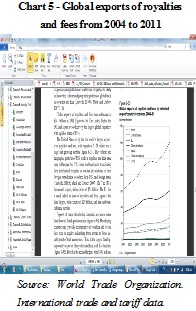 Cooperation activities through transferring, licensing and franchising intellectual property rights are measured through commercial value of royalties and fees (Chart 5). The US, EU and Japan are the three most active countries in this activity, accounting for 85% of global exports, mainly due to franchising and licensing activities of MNCs of these countries with their abroad subsidiaries in order to reduce tax costs (17). Developing countries usually participate in these activities as importers. Among developing countries, China, Brazil and India are topping the list of technology exporting countries. Their export value in 2011 reached US$743 million, US$590 million and US$300 million respectively(18). However, these three countries also have an increasing trade deficit in products and technology services. This reality shows that: in order to save time, costs and to reduce the risks in research activities, the trend of importing technology to rapidly narrow the gap in the level of science and technology and serve the economic development towards leapfrog is increasingly popular.
Cooperation activities through transferring, licensing and franchising intellectual property rights are measured through commercial value of royalties and fees (Chart 5). The US, EU and Japan are the three most active countries in this activity, accounting for 85% of global exports, mainly due to franchising and licensing activities of MNCs of these countries with their abroad subsidiaries in order to reduce tax costs (17). Developing countries usually participate in these activities as importers. Among developing countries, China, Brazil and India are topping the list of technology exporting countries. Their export value in 2011 reached US$743 million, US$590 million and US$300 million respectively(18). However, these three countries also have an increasing trade deficit in products and technology services. This reality shows that: in order to save time, costs and to reduce the risks in research activities, the trend of importing technology to rapidly narrow the gap in the level of science and technology and serve the economic development towards leapfrog is increasingly popular.
III. Opportunities for Vietnam in international S&T cooperation
1. Orientation for international S&T cooperation of Vietnam
The 2nd Plenum of the Central Committee of the Communist Party (Session VIII) in 1996 issued a resolution on “Strategic orientation to develop science and technology by 2020, and the mission to 2000”. This is the first time the Central Committee issued a separate Resolution about the development of S&T and motivated the entire Party and the nation to develop S&T. In particular, the Resolution identified international cooperation as one of the critical solutions and one of the key tasks to perform. The documents of the 6th to the 10th National Congress of the Communist Party of Vietnam consistently expressed the views of the Party on the development of S&T in general and international S&T cooperation in particular. In the 11th National Congress, in order to fulfill the requirements of changing the growth model and restructuring the economy to improve the quality, efficiency and competitiveness towards a fast and sustainable development, the Party emphasized that there are no other ways but to rely on science and technology, high-quality human resources and developing a knowledge economy (19). In this context, the adoption of the scheme of international S&T integration by 2020 is to make a breakthrough in enhancing Vietnam’s capacity of S&T, aiming to develop strong capacity of Vietnam in several fields in 2020, serving the cause of industrialization and modernization of the country and closing the gap in the level of S&T between Vietnam and other countries in the region and in the world. The Party and State emphasizes their perspectives of S&T cooperation: (i) positive and proactive international S&T integration, ensuring the independence, sovereignty, national security, equality and mutual benefits; (ii) diversifying and multilateralizing cooperation with foreign investors in the field of S&T; (iii) developing the market of S&T in Vietnam under the law, the standards and integrating with the world market; (iv) selectively absorbing the experience of SACs and SPCs, maximizing the advantage opportunities to improve scientific research and technological development, especially high technology(20). The action program which implements the Resolution No. 20-NQ / TW 01/11/2012 in the sixth meeting of the XI Central Committee of the Communist Party on science and technology development to serve the cause of industrialization and modernization in the socialist orientation economy market and international integration also emphasizes international cooperation in science and technology as one of six key tasks(21).
Thus, in steering perspective of the Party and State, there will be changes in S&T international cooperation—from passive to proactive, equal cooperating, diversifying and multilateralizing means of cooperation, developing S&T in depth, taking advantage of as many opportunities to access high technology as possible to develop the economic and leveraging Vietnam’s position in international arena(22).
2. Opportunities for Vietnam and some recommendations
More activities of international S&T cooperation will open up many opportunities for Vietnam to access advanced technologies in the world, contributing to the realization of the objectives set by the Party and State which lay out that in 2020, Vietnam will basically become a modern industrialized country.
Firstly, a shift in international S&T cooperation activities to Asia with the increasingly investment in S&T cooperation by China, particularly focusing on two groups of countries SACs and SDCs, increase the opportunities for Vietnam to cooperate with SACs and SPCs. China tends to expand investments in S&T and establish research centers in Southeast Asian countries to exploit the advantages here. At the same time, SACs and SPCs also want to increase their investment in this area to access China’s market with the Chinese + 1 strategy. With the geographic location advantage: sharing border with China—a huge and fast growing market with abundant human resources, Vietnam has many opportunities to attract investment flows, exploit foreign financial resources, management experience and manpower to improve its S&T capacity. However, to grasp these opportunities, Vietnam should have an effective legal framework regulating S&T investment and cooperation and improve quality of domestic labors, especially in the sciences and technology.
Secondly, MNCs are increasingly setting up their research centers in developing countries rather than developed countries as before. Therefore, if Vietnam attracts FDI inflows from MNCs, especially MNCs from the US, EU and Japan, its opportunities to learn advanced technologies will widen. To attract FDI of MNCs from SACs, first, Vietnam has to manage the protection mechanisms of intellectual property rights more effectively in order to strengthen the confidence of MNCs when bringing modern technologies into Vietnam. Second, Vietnam should also have specific strategies, policies and incentives (tax, human resources recruitment policies…) to attract FDI from MNCs. Third, to take advantage of these opportunities efficiently, Vietnam also needs to develop supporting industries because the most popular form of S&T cooperation which MNCs prefer is non-equity alliances, thus, the opportunities for Vietnam to learn technologies will be primarily through subcontracting linkages with MNCs.
Thirdly, international S&T cooperation is still taking place primarily between researchers and academics. Therefore, Vietnam should actively participate and build networks of S&T researchers in the region and the world like VINAREN, GLORIAD, and APAN. Vietnam should boost the efficiency of the operation of the S&T network of Vietnamese overseas representative offices, enable Vietnamese scientists and researchers to join regional and international forums, networks, and research cooperation mechanisms, attract Vietnamese overseas, foreign experts and scientists to participate in programs, research projects and form strong research team in Vietnam, focus on young science research teams. This is an effective channel to transfer S&T knowledge and has far-reaching effects because various research results initiated in these cooperation mechanisms are basic research and applied research which can be applied and developed in many different fields.
Fourthly, the cooperation through transferring, licensing or franchising intellectual property rights is growing. This is an approach many developing countries have applied to quickly obtain the technologies needed for economic development, shorten the gap in the level of S&T with developing countries. This mode not only saves time but also reduces costs and risks in research. Therefore, when mapping out the short-term and long-term S&T development strategies, Vietnam should consider its S&T capacity as well as its economic development needs to choose an appropriate mode of cooperation for each stage. Vietnam can implement policies to support technological innovation enterprises, especially high technology, through patents acquisition in priority sectors; and promote commercializing the results of scientific research and developing technologies in Vietnam through organizing regional and international S&T conferences and workshops.
Lam Thanh Ha and Bui Thu Ha
Faculty of International Economics, Diplomatic Academy of Vietnam
Ministry of Foreign Affairs
REFERENCES
Vietnamese documents
1. Action Program of the Government to implement Resolution No. 20-NQ/TW, http://www.skhcn.vinhlong.gov.vn/Default.aspx?tabid=36&ctl=Detail&mid=399&ArticleID=ARTICLE13040071 accessed March 05, 2015.
2. The scheme promoting the international integration of science and technology by 2020, http://www.most.gov.vn/Desktop.aspx/Van-ban-KHCN/Thu-tuong/D3946C0C40914FDFBFB9507E7A954759/ accessed May 01, 2015.
3. Le Thanh Binh and Bui Thu Ha. (2013). “International Cooperation in Science and Technology: The current state and recommendations”. The Review of External Information. vol 111 (6). pp. 48-53.
4. The World Trade Organization (WTO). Data on international trade and tariffs. http://www.wto.org/english/res_e/statis_e/statis_e.htm accessed April 30, 2015.
5. Science and Technology National Information Center of Vietnam. (2007). Summary: The model of international S&T cooperation and the role of national policies to attract foreign R&D. Link: http://thongtinkhcndaklak.vn/tailieu/tongluan/2007_6.pdf accessed April 29, 2015.
6. Documents of the 11th National Congress of the Communist Party of Vietnam, http://lyluanchinhtri.vnu.edu.vn/node/89 accessed May 04, 2015.
English documents
7. Archibugi, D. and Michie, J. (1995). The globalization of technology: A new taxonomy. Journal of Economics. 19.
8. Battelle. (2013) 2014 Global R&D Funding Forecast. R&D Magazine.
9. Caroline S. Wagner, Irene Brahmakulam, Brian Jackson, Anny Wong, Tatsuro Yoda. (2001) Science and Technology Collaboration: Building Capacity in Developing Countries? RAND Science and Technology. MR-1357.0-WB.
10. Frost TS. (2001). “The geographic sources of foreign subsidiaries’ innovations”. Strategic Management Journal 22.
11. Gravelle JG. (2010). Tax Havens: International Tax Avoidance and Evasion. Congressional Research Service Report for Congress 7-5700. https://opencrs.com/document/R40623/ accessed April 27, 2015.
12. Jansen, D. (1995). Convergence of basic and applied research: research orientations in German high temperature super conductor research. Science, Technology & Human 20.
13. Loet Leydesdorff, Caroline Wagner, Han Woo Park, Jonathan Adams. (2013) International Collaboration in Science: The Global Map and the Network. http://www.leydesdorff.net/intcoll/intcoll.htm accessed May 3, 2015.
14. Narula, R. (1999). “Explaining Strategic R&D Alliances by European Firms”. Journal of Common Market Studies. vol. 37. No 4.
15. Narula, R. and Duysters, G. (2004). “Globalisation and trends in international R&D alliances”. Journal of International Management. 10(2).
16. National Science Board. (2014). Science and Engineering Indicators 2014. Arlington VA: National Science Foundation (NSB 14-01).
17. Rajneesh Narula, Andrea Martínez-Noya. (2014). International R&D Alliances by Firms: Origins and Development. The John H. Dunning Center for International Business. September 2014.
18. UNCTAD. (2006). World Investment Report 2005: Transnational Corporations and the Internationalization of R&D. United Nations New York and Geneva.
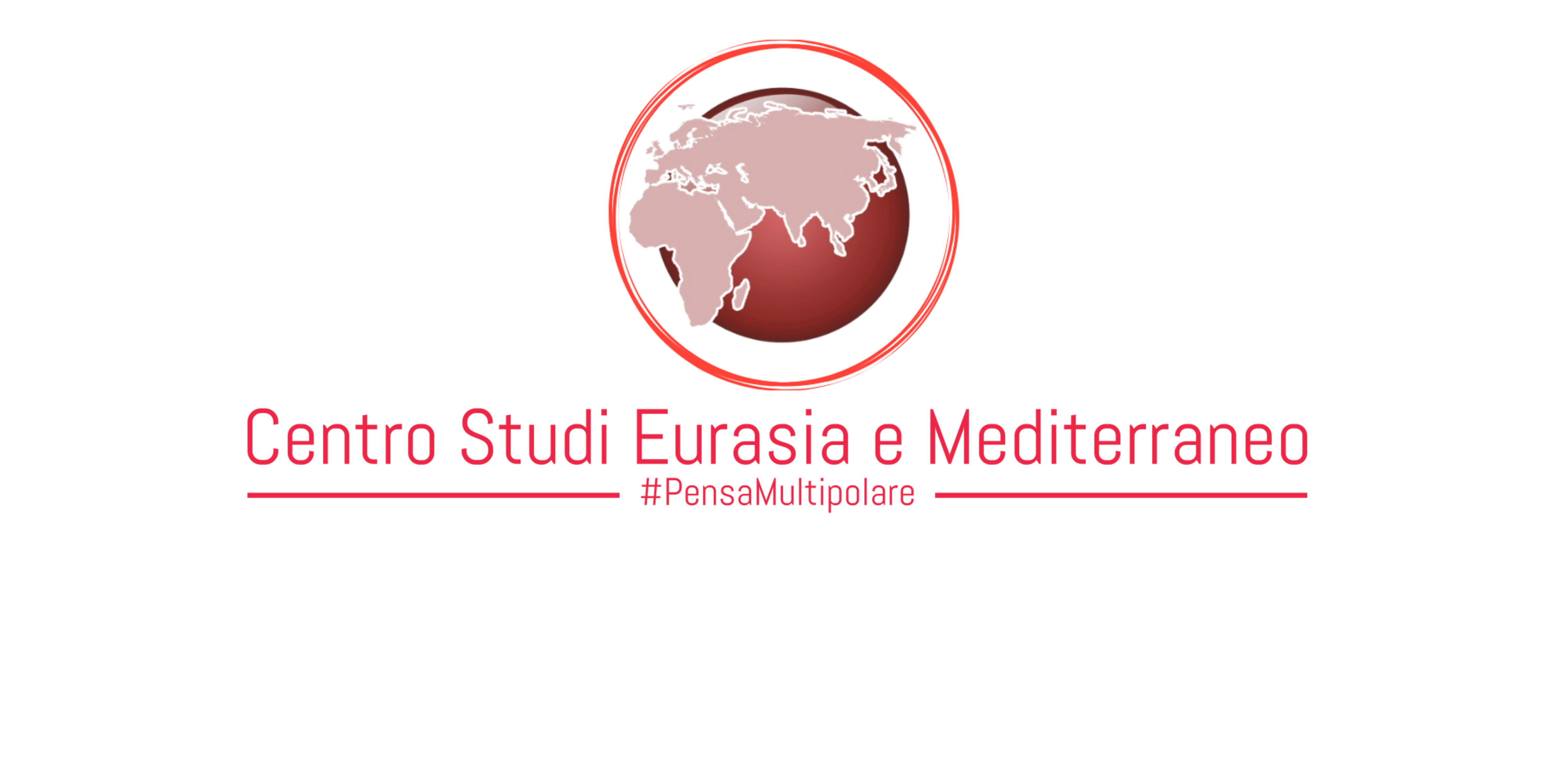
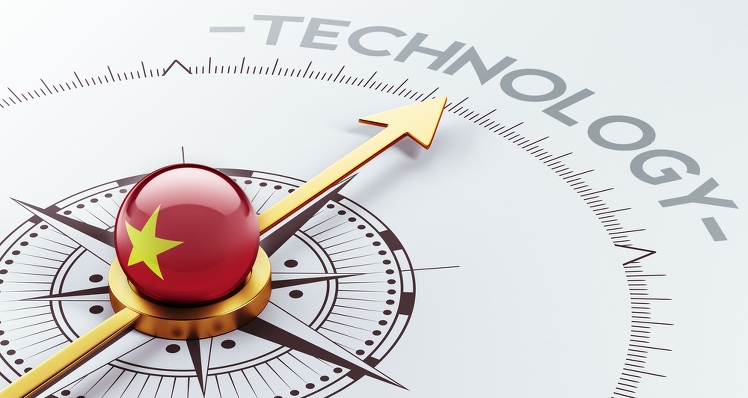

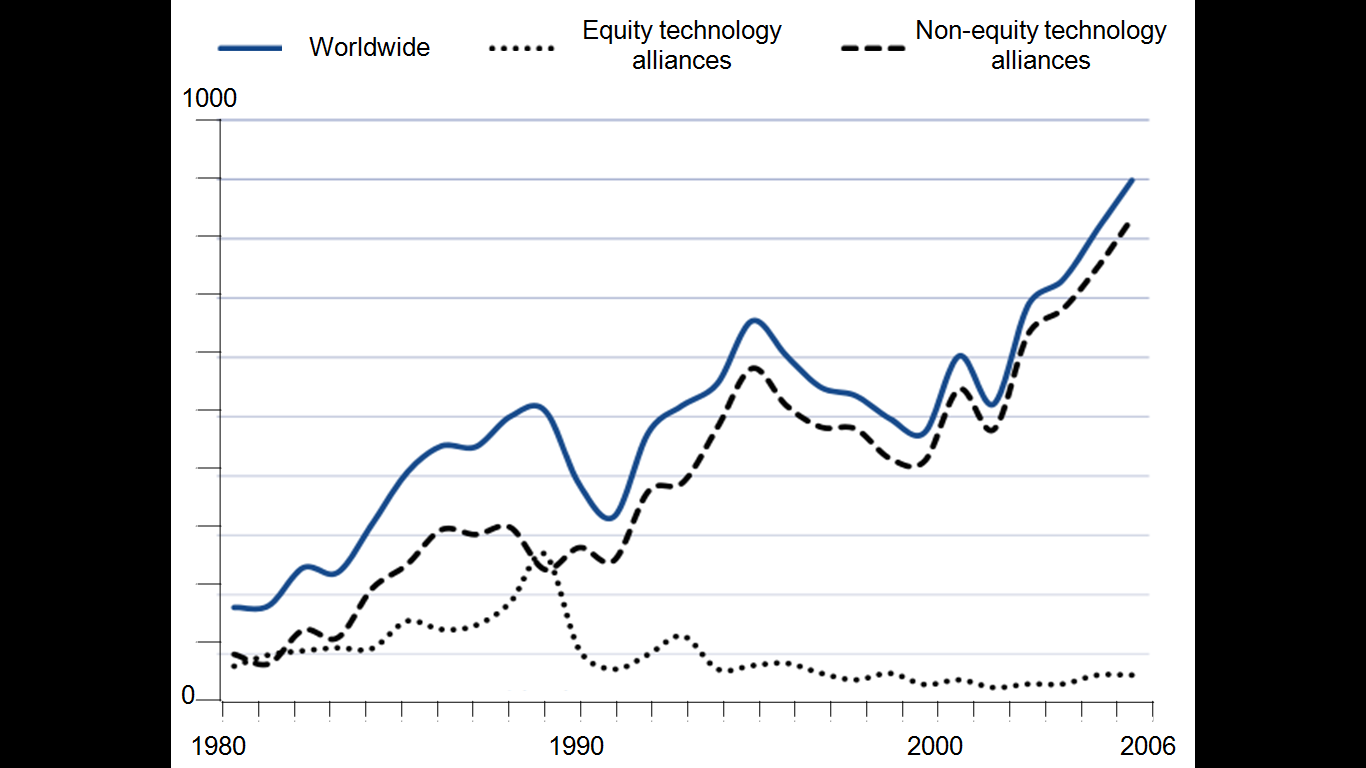


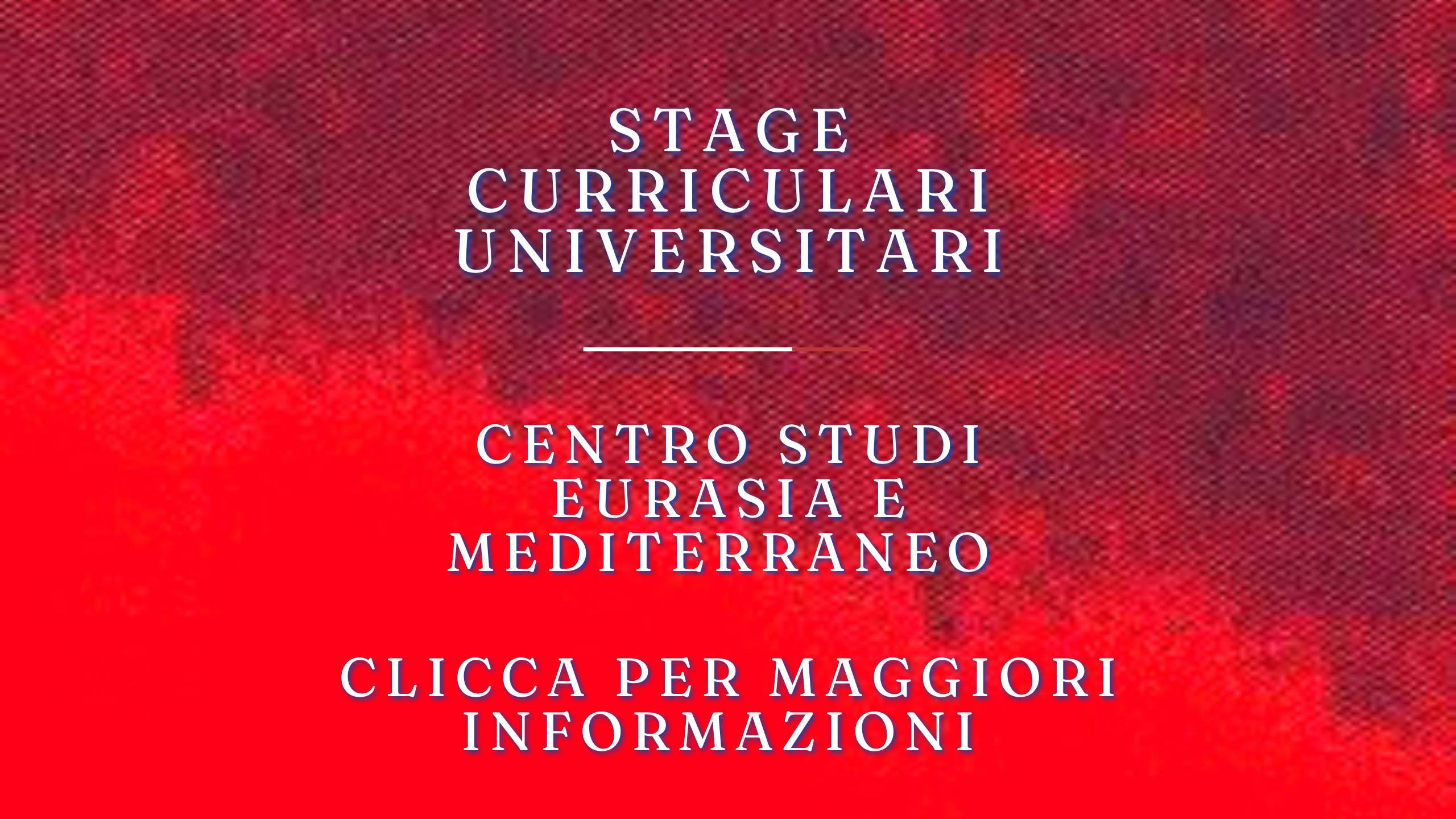
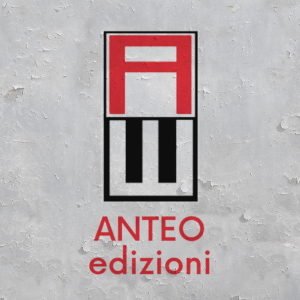
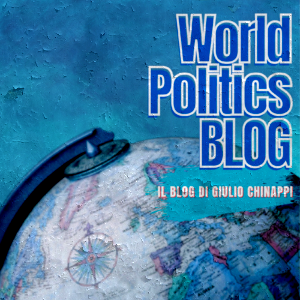










Il CeSE-M sui social